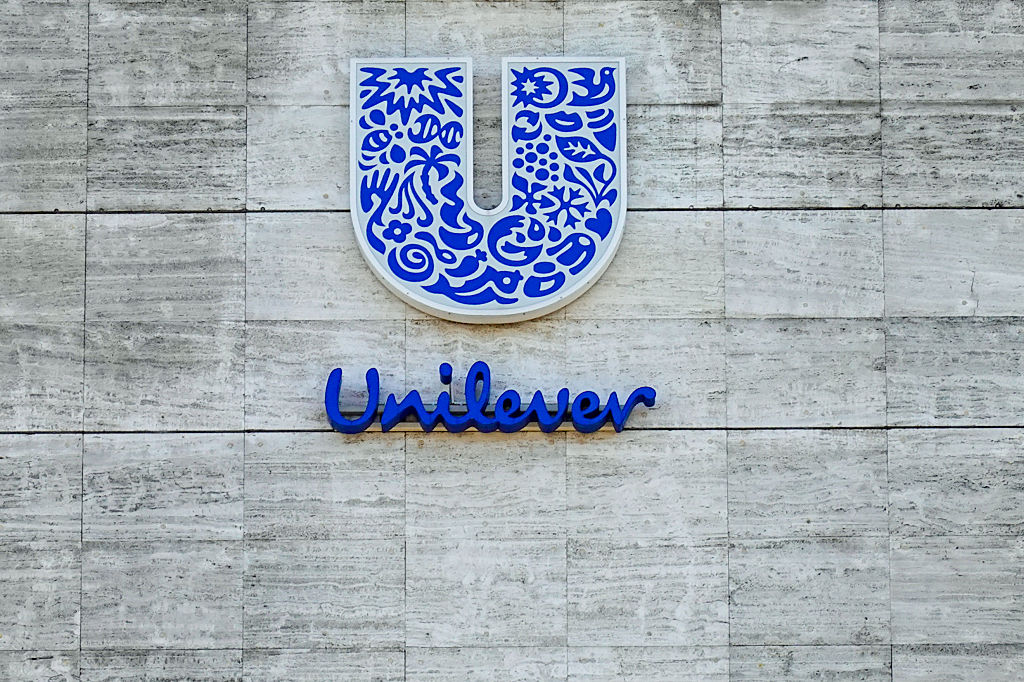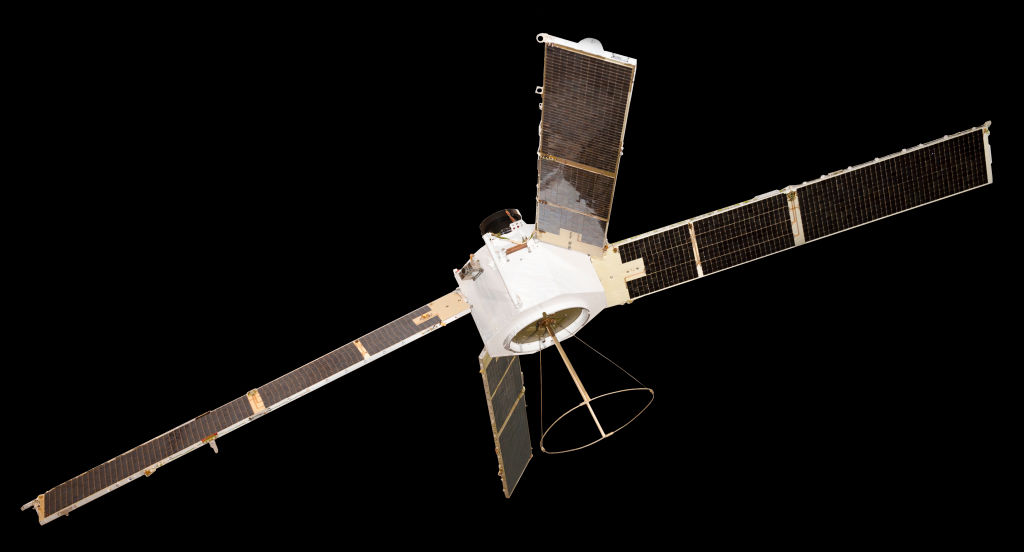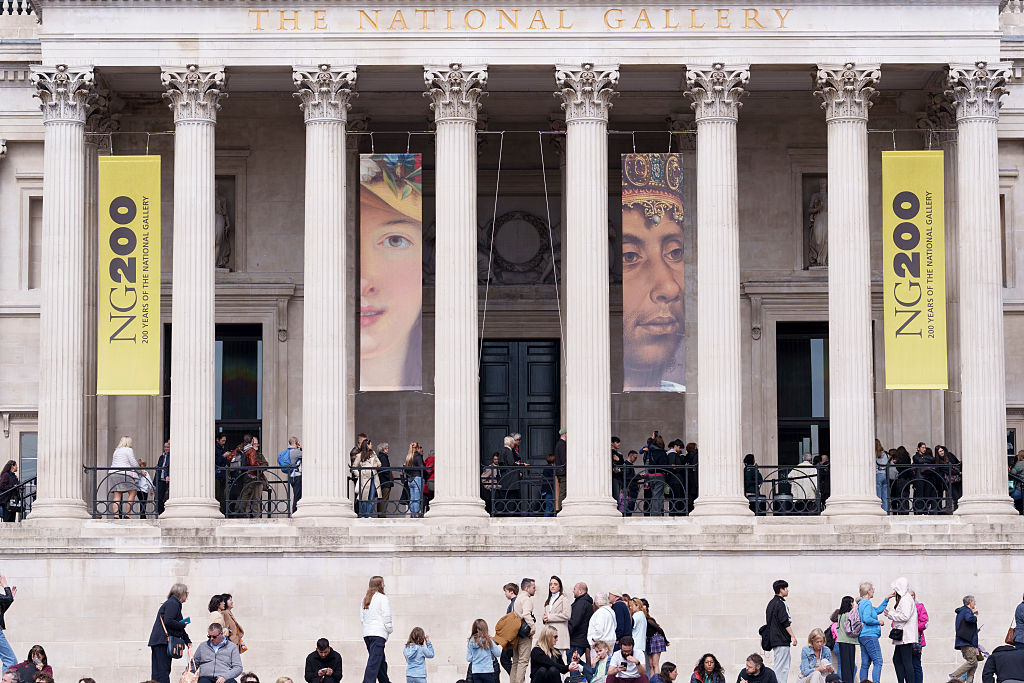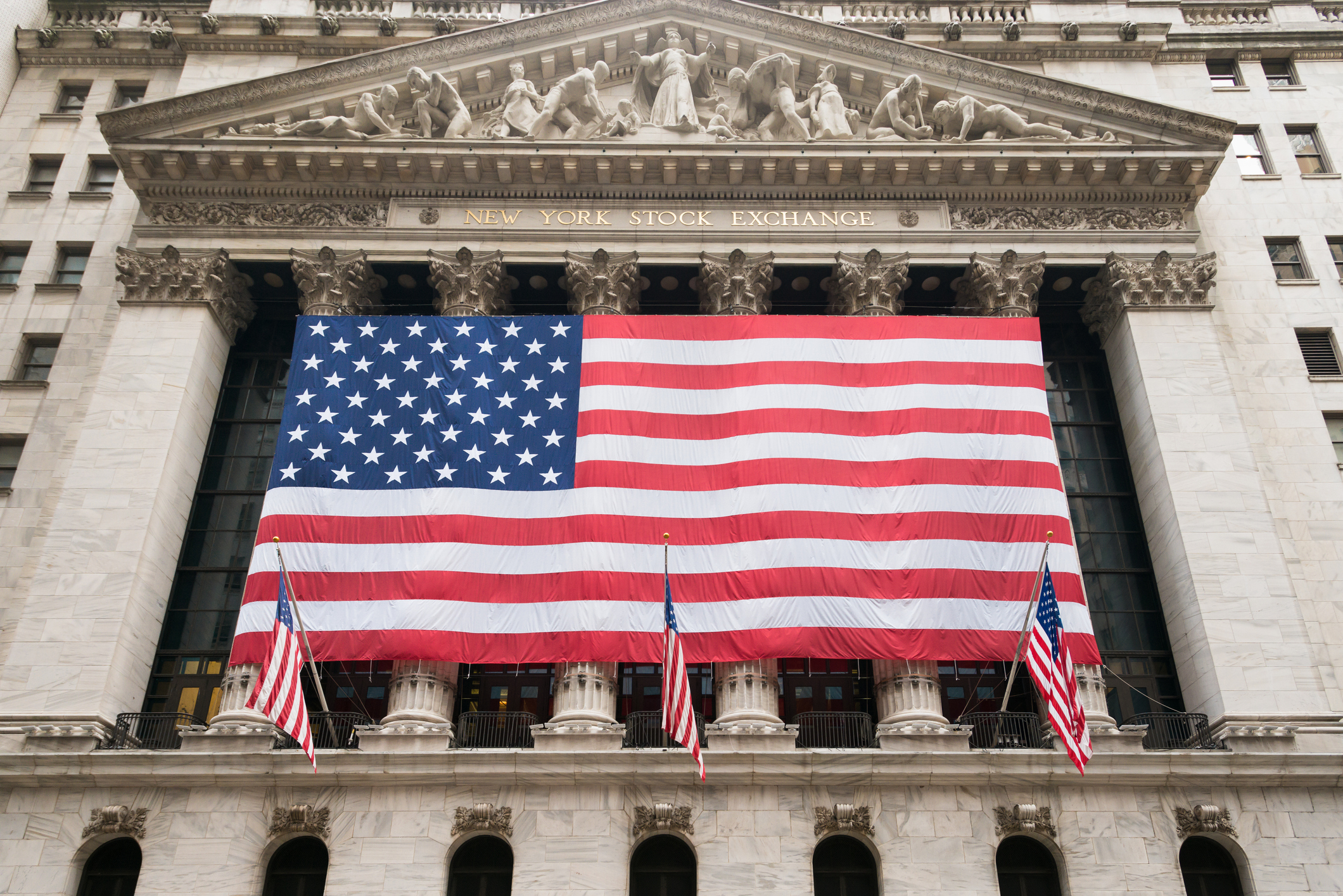10 October 1871: The Great Fire of Chicago
The Great Fire of Chicago raged for two days and laid waste to 2,000 acres. It finally burnt itself out on this day in 1871.


Chicago's proximity to the farms of the Midwest and its rail links to both the east and west coasts of America meant that by 1870 it was one of the nation's most important cities its population had tripled in the course of the previous decade to nearly 300,000.
However, this rapid expansion led to uncontrolled growth of ramshackle buildings, slums and factories, creating a massive fire hazard.
Meanwhile, the city's fire service failed to keep pace with population growth, which meant that there were only 17 fire engines covering the entire city. Throw in a dry summer, and conditions were ripe for disaster.
MoneyWeek
Subscribe to MoneyWeek today and get your first six magazine issues absolutely FREE

Sign up to Money Morning
Don't miss the latest investment and personal finances news, market analysis, plus money-saving tips with our free twice-daily newsletter
Don't miss the latest investment and personal finances news, market analysis, plus money-saving tips with our free twice-daily newsletter
It struck on the evening of 8 October 1871. A fire began in a barn in the city. Even today the exact causes are disputed theories range from the overturning of a lantern during an illicit dice game, to shards landing from a passing comet.
The fire rapidly spiralled out of control sparks were even carried across the Chicago River, causing it to spread all across the city. In all, poor building quality and a lack of organisation meant the fire lasted for two days before burning itself out on the 10th.
More than 2,000 acres were damaged and a third of the population was left homeless, with $220m-worth of damage done to property. But at 300 deaths, casualties were relatively low, compared to the 2,500 who died in a fire in the Midwestern town of Peshtigo around the same time.
Chicago's citizens almost immediately began to raise money and rebuilt on the scorched earth. By 1880, Chicago's population hit 503,185; its first skyscraper was completed in 1885.
Get the latest financial news, insights and expert analysis from our award-winning MoneyWeek team, to help you understand what really matters when it comes to your finances.

-
 UK blue chips offer investors reliable income and growth
UK blue chips offer investors reliable income and growthOpinion Ben Russon, portfolio manager and co-head UK equities, ClearBridge Investments, highlights three British blue chips where he'd put his money
-
 Rightmove: Asking prices set to rise 2% in 2026 after post-Budget market rebound
Rightmove: Asking prices set to rise 2% in 2026 after post-Budget market reboundBuyers and sellers who held off in anticipation of the Budget will come back to the market and contribute to asking prices increasing next year, according to Rightmove
-
 31 August 1957: the Federation of Malaya declares independence from the UK
31 August 1957: the Federation of Malaya declares independence from the UKFeatures On this day in 1957, after ten years of preparation, the Federation of Malaya became an independent nation.
-
 13 April 1960: the first satellite navigation system is launched
13 April 1960: the first satellite navigation system is launchedFeatures On this day in 1960, Nasa sent the Transit 1B satellite into orbit to provide positioning for the US Navy’s fleet of Polaris ballistic missile submarines.
-
 9 April 1838: National Gallery opens in Trafalgar Square
9 April 1838: National Gallery opens in Trafalgar SquareFeatures On this day in 1838, William Wilkins’ new National Gallery building in Trafalgar Square opened to the public.
-
3 March 1962: British Antarctic Territory is created
Features On this day in 1962, Britain formed the British Antarctic Territory administered from the Falkland Islands.
-
10 March 2000: the dotcom bubble peaks
Features Tech mania fanned by the dawning of the internet age inflated the dotcom bubble to maximum extent, on this day in 2000.
-
9 March 1776: Adam Smith publishes 'The Wealth of Nations'
Features On this day in 1776, Adam Smith, the “father of modern economics”, published his hugely influential book The Wealth of Nations.
-
 8 March 1817: the New York Stock Exchange is formed
8 March 1817: the New York Stock Exchange is formedFeatures On this day in 1817, a group of brokers moved out of a New York coffee house to form what would become the biggest stock exchange in the world.
-
7 March 1969: Queen Elizabeth II officially opens the Victoria Line
Features On this day in 1969, Queen Elizabeth II took only her second trip on the tube to officially open the underground’s newest line – the Victoria Line.